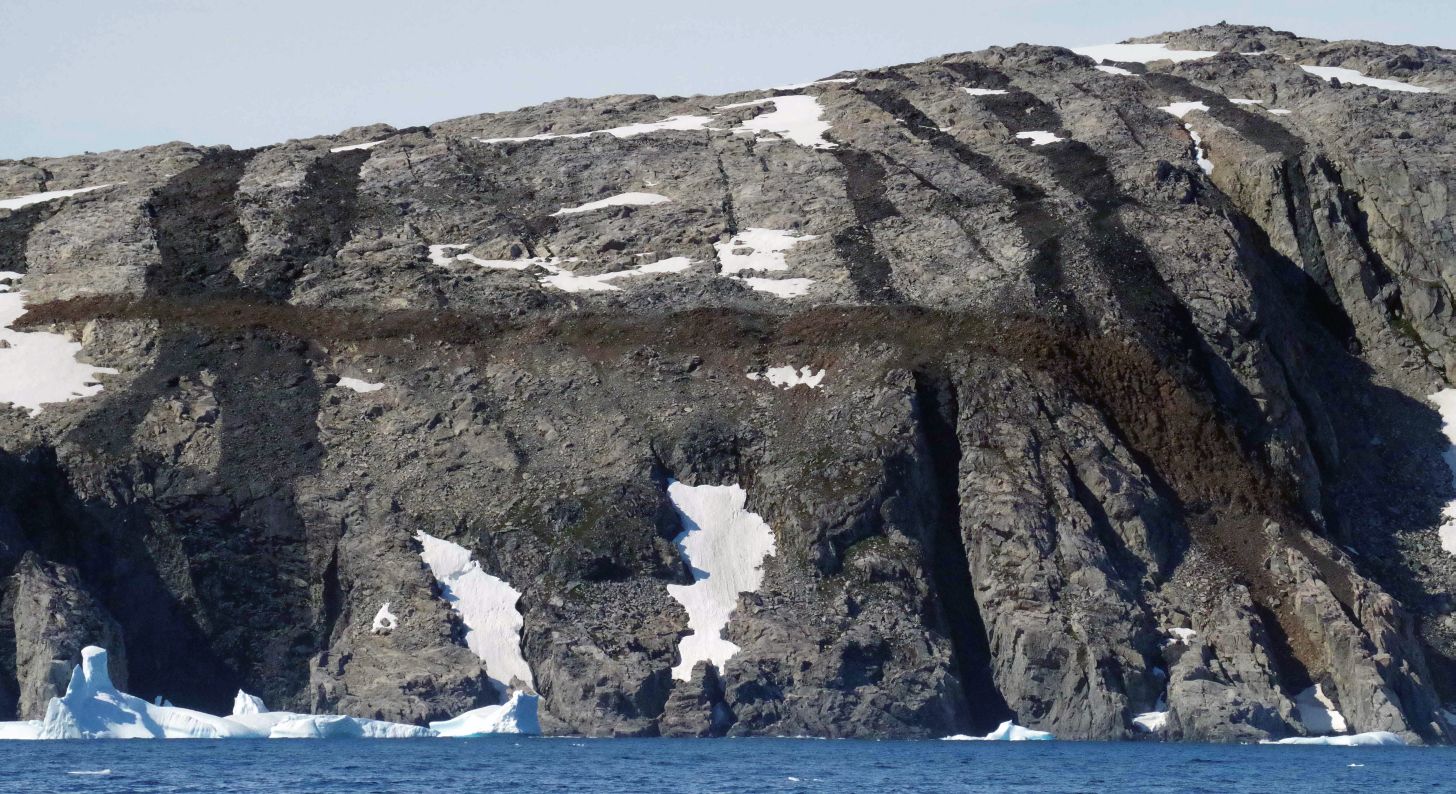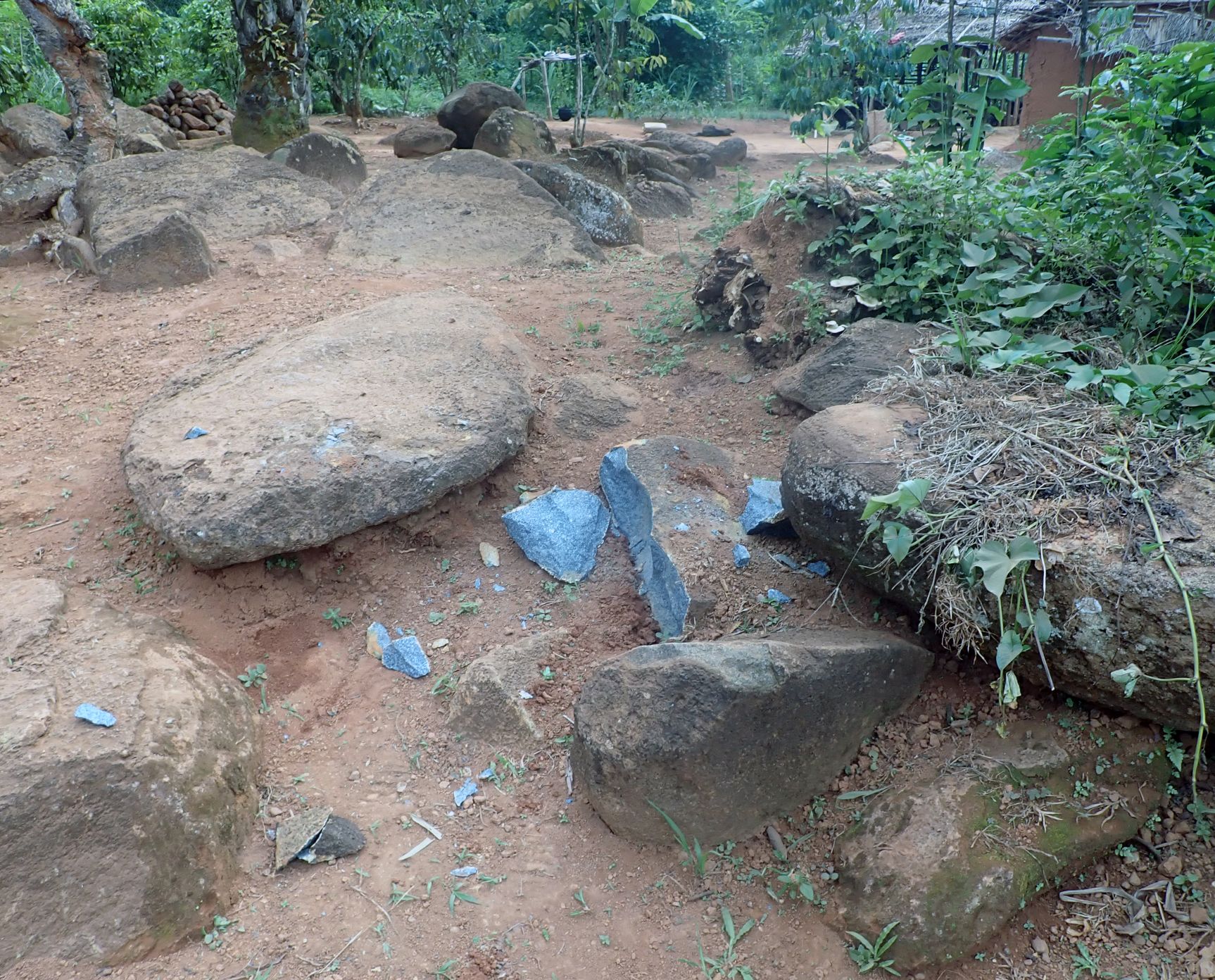?????Earth Science?s??
Metamorphism, Magmatism/Igneous and Crustal Evolution
Experimental petrol?ogy and partial melting of rocks
contact(s):
Prof Gary Stevens, send e-mail?
Formation and emplacement of Large Igneous Provinces through space and time
Large Igneous Provinces (LIPs) represent excessive volumes of predominantly basic/mafic (but occasionally also associated silicic/felsic) magmatism, which are typically attributed to plume-induced breakup of (super)continents. Phanerozoic examples (like the Jurassic Karoo and Cretaceous Etendeka across southern Africa) – related to the breakup of Pangaea (Gondwana) – are good representatives of such breakup LIPs, with preserved continental flood basalts (e.g., Lesotho’s Drakensberg) and associated feeder dykes, sills and even layered mafic-ultramafic intrusions. Older LIPs, formed during prior supercontinental cycles, are more deeply eroded and often only preserved as giant mafic feeder dyke systems. These not only acted as efficient magma transporting channel ways from a mantle source and up through the continental crust but provide us with an abundance of useful information: (1) Dyke trends and swarm patterns relate to a paleo-stress field at the time of their emplacement and may pinpoint magma sources; and (2) bulk rock (or magma) compositions probe the type of mantle source, its degree and depth of partial melting, as well as mineralization potentials. At other laboratories, (3) one may extract accessory baddeleyite (ZrO2) crystals that provide a crystallization age; while (4) another mineral, magnetite, allow paleomagnetists to orientate and position a LIP relative to a paleopole. Combined, such intradisciplinary research not only offer a wealth of information about how, where and when ancient LIPs formed, but also reconstruct the plate tectonic settings these formed within.


Mafic dykes in Greenland and DRC (credit M Klausen)
Klausen (2020; Geoscience Frontiers 11, 1635-1649) argues that classical plume-induced breakup-LIPs may have such a low preservation potential during subsequent supercontinental assembly that Earth’s more ancient Precambrian LIP-record is dominated by a different type of so called assembly-LIPs, which were not necessarily induced by a mantle plume but rather through thermal blanketing below an assembling supercontinent, more pervasive hydration of its sub-continental lithospheric mantle and/or other processes that enhance partial melting and thereby produce larger igneous provinces, if not LIPs (sensu stricto). Future research aims at testing this hypothesis through continued LIP-research, as outlined above and currently undertaken within an under-investigated central Africa.
contact: Dr Martin Klausen,
send e-mail??



